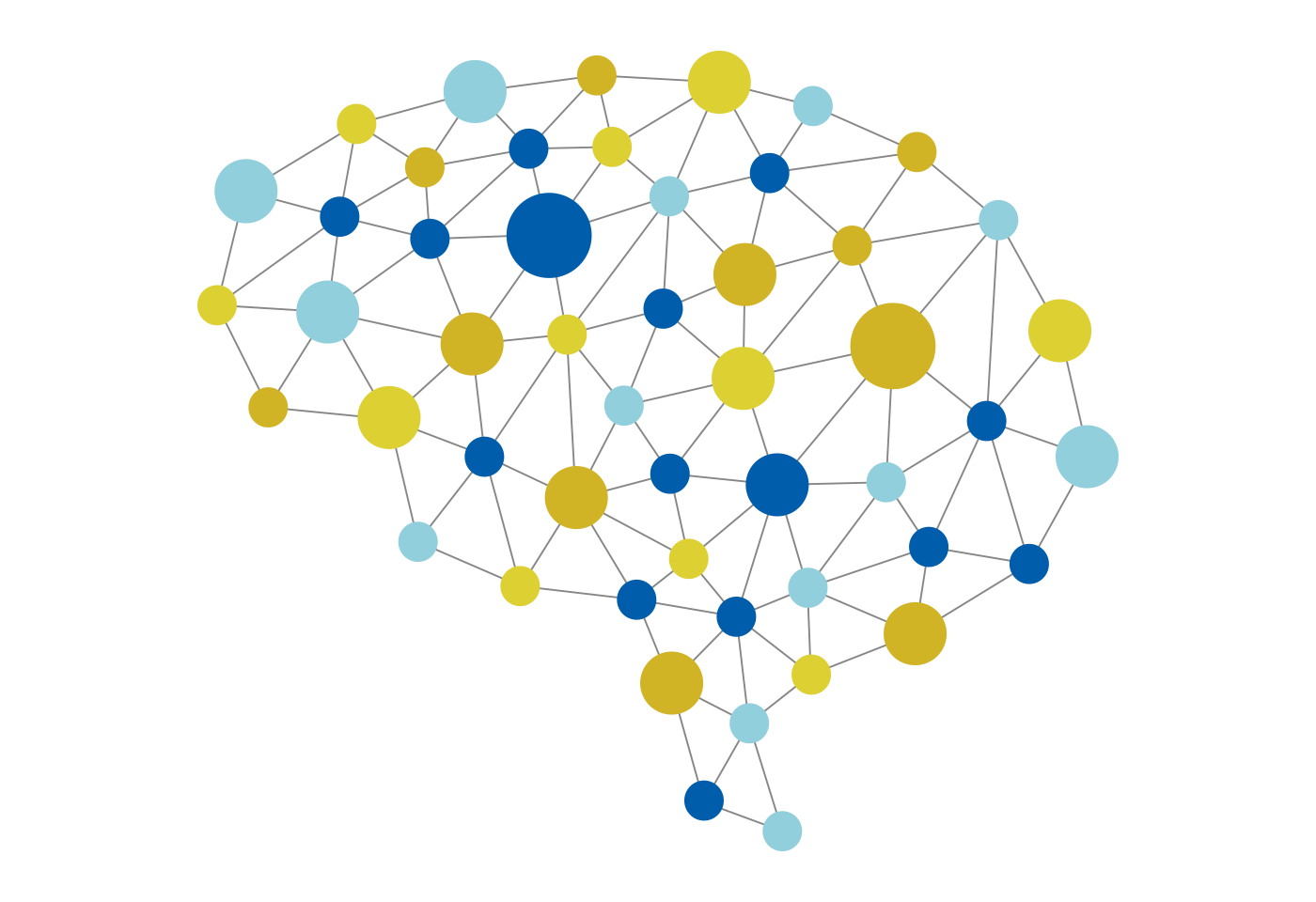
What is Cortical Plasticity?
Saebo’s pioneering treatment principles are based on the latest advances in neurorehabilitation research documenting the brain’s ability to “re-program” itself through mass practice, task-oriented arm training.
Forge new pathways.
Cortical Plasticity, also known as neuroplasticity, refers to the brain’s remarkable ability to reorganize itself by forming new neural connections based on individual experiences, lifestyle and environment.
Neighbors to the rescue.
If a portion of the brain is damaged due to a stroke, the healthy surrounding tissue takes over some of the functions of the damaged area. Stimulated through task training, the brain has the ability to reorganize and form new connections between the intact neurons.
Practice makes perfect.
Brain imaging techniques reveal that neuronal connections and cortical maps are continuously remodeled throughout life and after injury by experience and learning in response to activity and behavior. For example, during the learning of new motor skills, the cortical region that corresponds to the motor function used for the skilled tasks may become represented over larger cortical territories.
Challenge equals change.
Neuroplastic changes to the motor cortex require individuals to participate inskill-dependentrather than simplyuse-dependentactivities. Skill-dependent is defined by task specific and progressively challenging tasks whereas use-dependent primarily means repetition in the absence of a meaningful challenge or an activity that requires problem solving strategies.
How Quickly Do Changes in the Motor Cortex Begin?

Be a role model for your recovery.
The undamaged parts of the brain may undergo remodeling during recovery based on the experiences of the individual in the weeks to months following injury.

If you don’t use it, you lose it.
Research shows that motor cortex representation can diminish following immobilization of the affected limb beyond nine days. Lack of functional use of the affected limb causes the tissue surrounding the cortical lesion to undergo further territorial loss of the functional representation.

The sooner, the better.
Cortical loss could be minimized and reorganization stimulated by retraining limb use starting as early as 5 days after the lesion.



